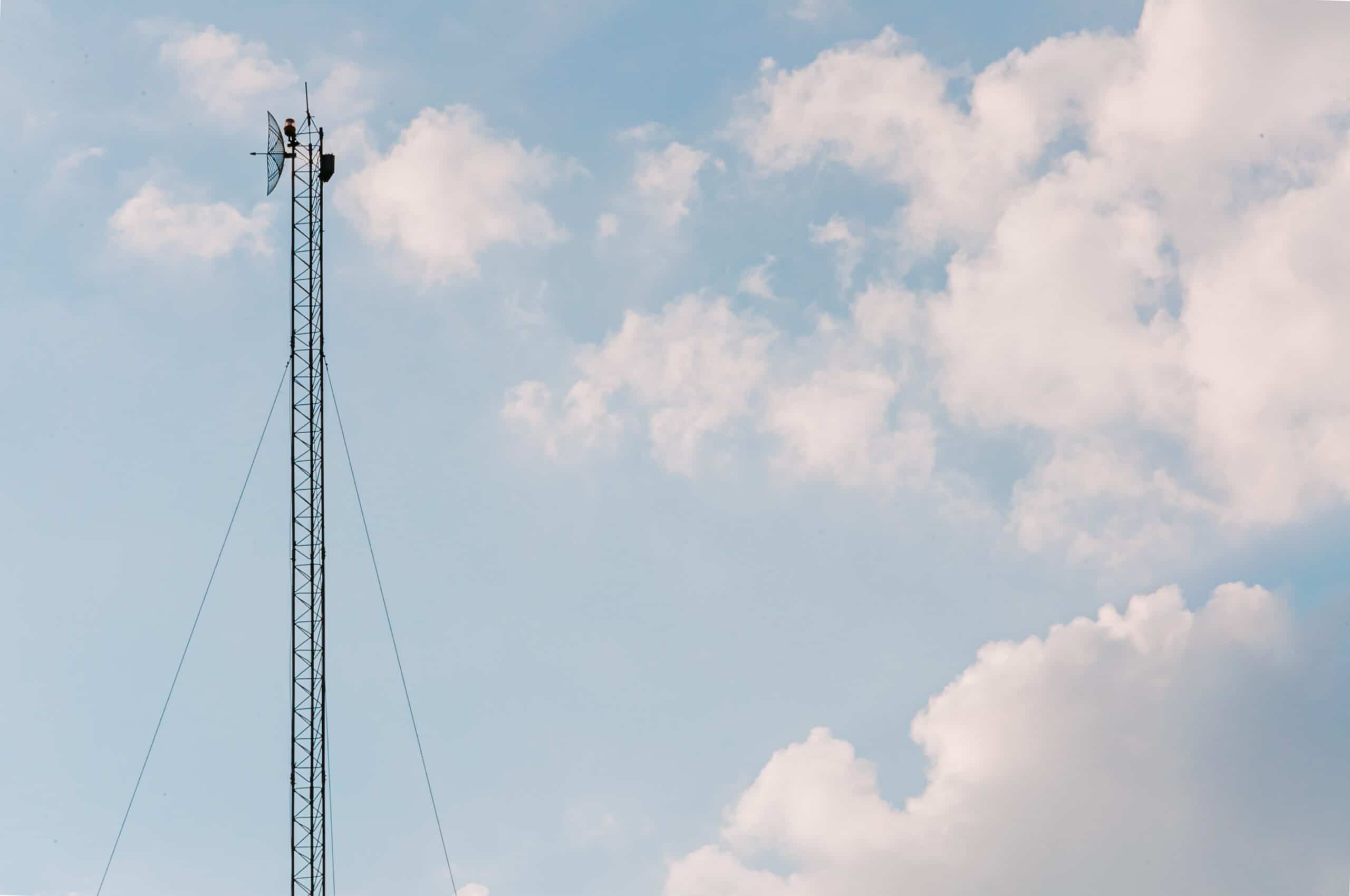Get started with Flask 2.0
One reason Python is a prime choice for web development is the breadth of web frameworks available in the language. Among the most popular and useful is Flask, which lets you start simple (“one drop at a time”) but grows with your application to add just about all of the functionality you need.In this article we’ll walk through setting up and using Flask 2.0 for basic web apps. We’ll also touch on using Jinja2 for templating, and dealing with common issues like changing response types and handling redirects.[ Also on InfoWorld: 11 tips for speeding up Python programs ] Setting up Flask Flask 2.0 is easy to set up. Use pip install flask to install both Flask and all of its dependencies including the Jinja2 templating system.To read this article in full, please click here

One reason Python is a prime choice for web development is the breadth of web frameworks available in the language. Among the most popular and useful is Flask, which lets you start simple (“one drop at a time”) but grows with your application to add just about all of the functionality you need.
In this article we’ll walk through setting up and using Flask 2.0 for basic web apps. We’ll also touch on using Jinja2 for templating, and dealing with common issues like changing response types and handling redirects.
Setting up Flask
Flask 2.0 is easy to set up. Use pip install flask to install both Flask and all of its dependencies including the Jinja2 templating system.





































